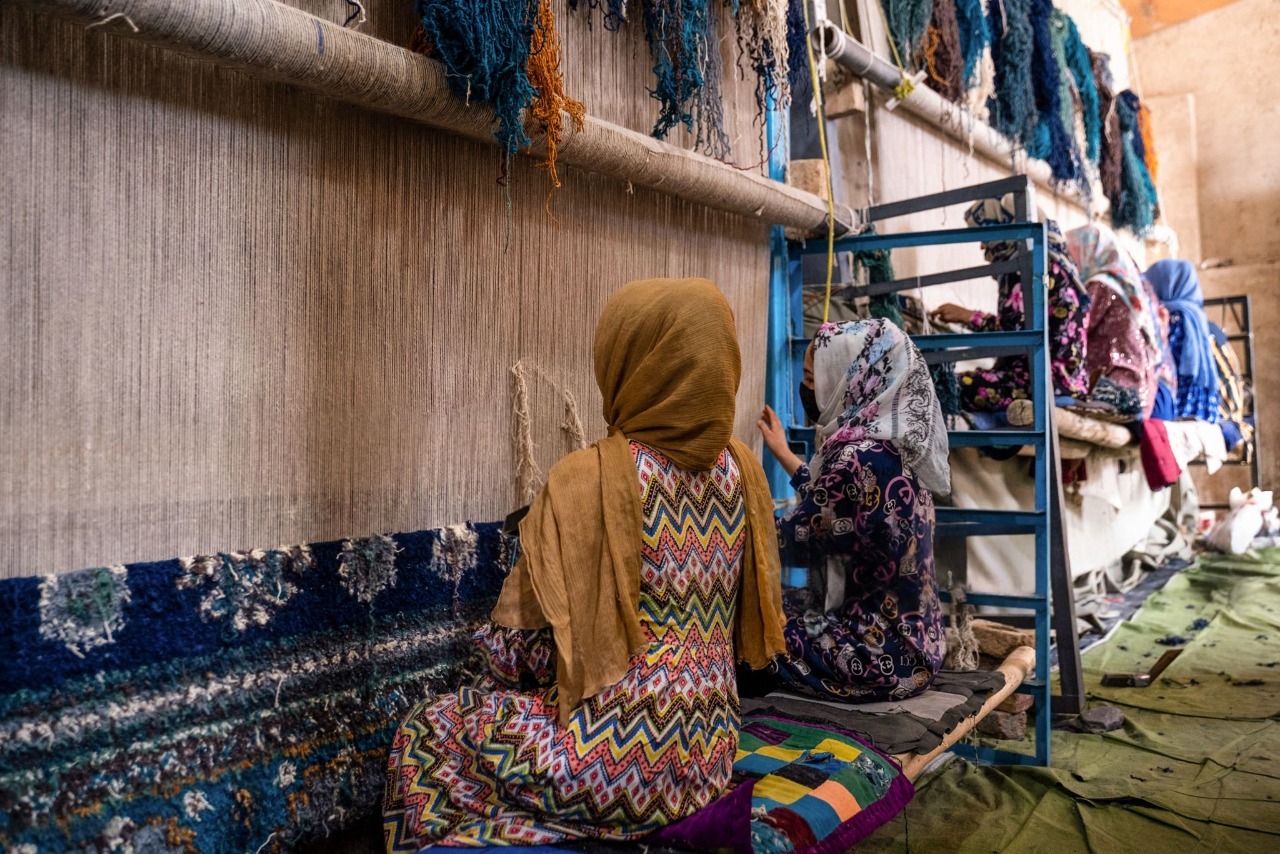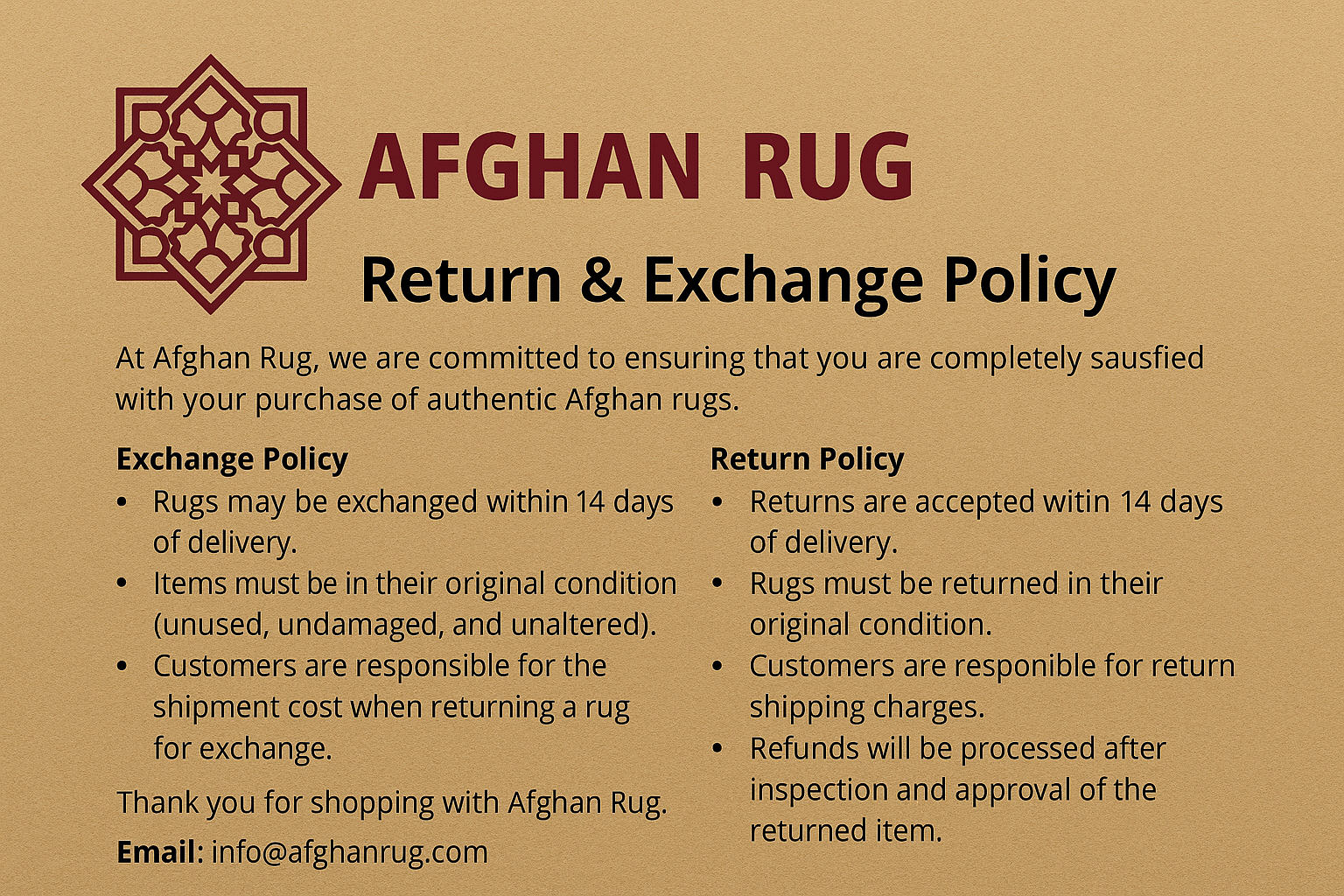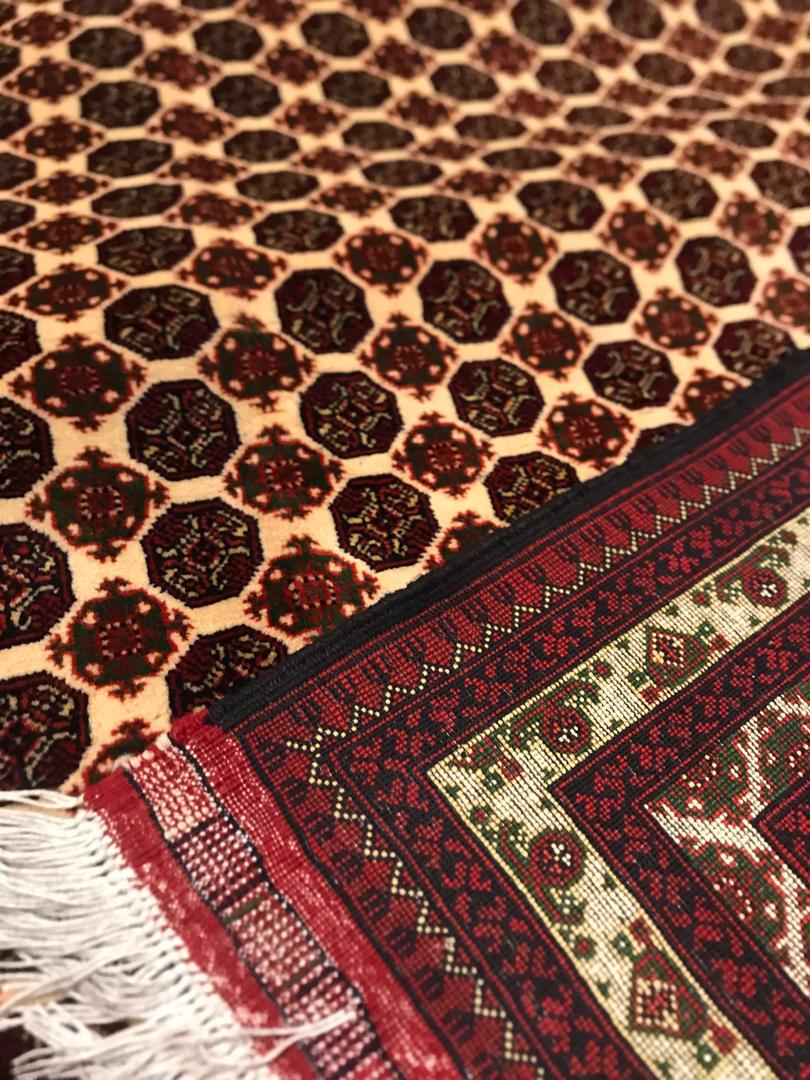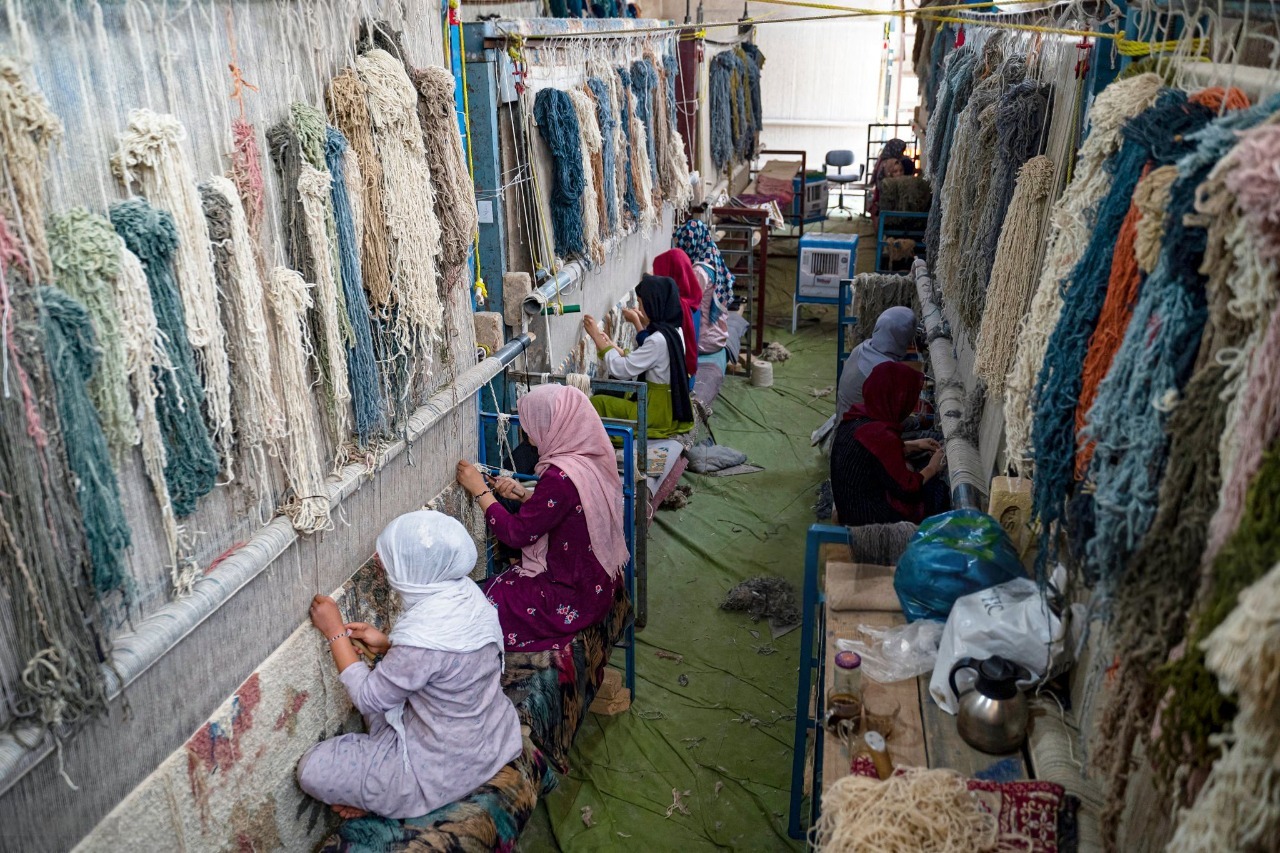
The Timeless Art of Afghan Handwoven Carpets: A Legacy Crafted by Women
Afghanistan’s handwoven carpets are more than just beautiful pieces of décor — they are living symbols of culture, tradition, and resilience. For centuries, Afghan carpets have been woven by skilled female artisans, whose craftsmanship has been passed down from generation to generation.
Each thread tells a story. From the arid deserts of Herat to the snow-capped mountains of Bamiyan, Afghan women have used natural dyes, wool, and time-honored techniques to create masterpieces that reflect the soul of the nation.
The process of weaving a traditional Afghan carpet is labor-intensive and intricate. It begins with spinning wool by hand, followed by dyeing it using organic colors derived from pomegranate skins, walnut shells, madder roots, and other natural materials. Weaving can take months, sometimes even years, depending on the size and complexity of the design.
What makes Afghan carpets truly unique is the authenticity in their patterns — geometric shapes, floral motifs, and symbolic designs that represent identity, tribal heritage, and local history. No two carpets are exactly the same.
In many rural communities, carpet weaving is not only a cultural art form but also a source of economic empowerment for women. It enables them to support their families, gain financial independence, and preserve a rich artistic legacy.
When you purchase an Afghan carpet, you’re not just buying a rug — you’re investing in a story, a tradition, and the hard work of women who continue to keep this ancient art alive.



